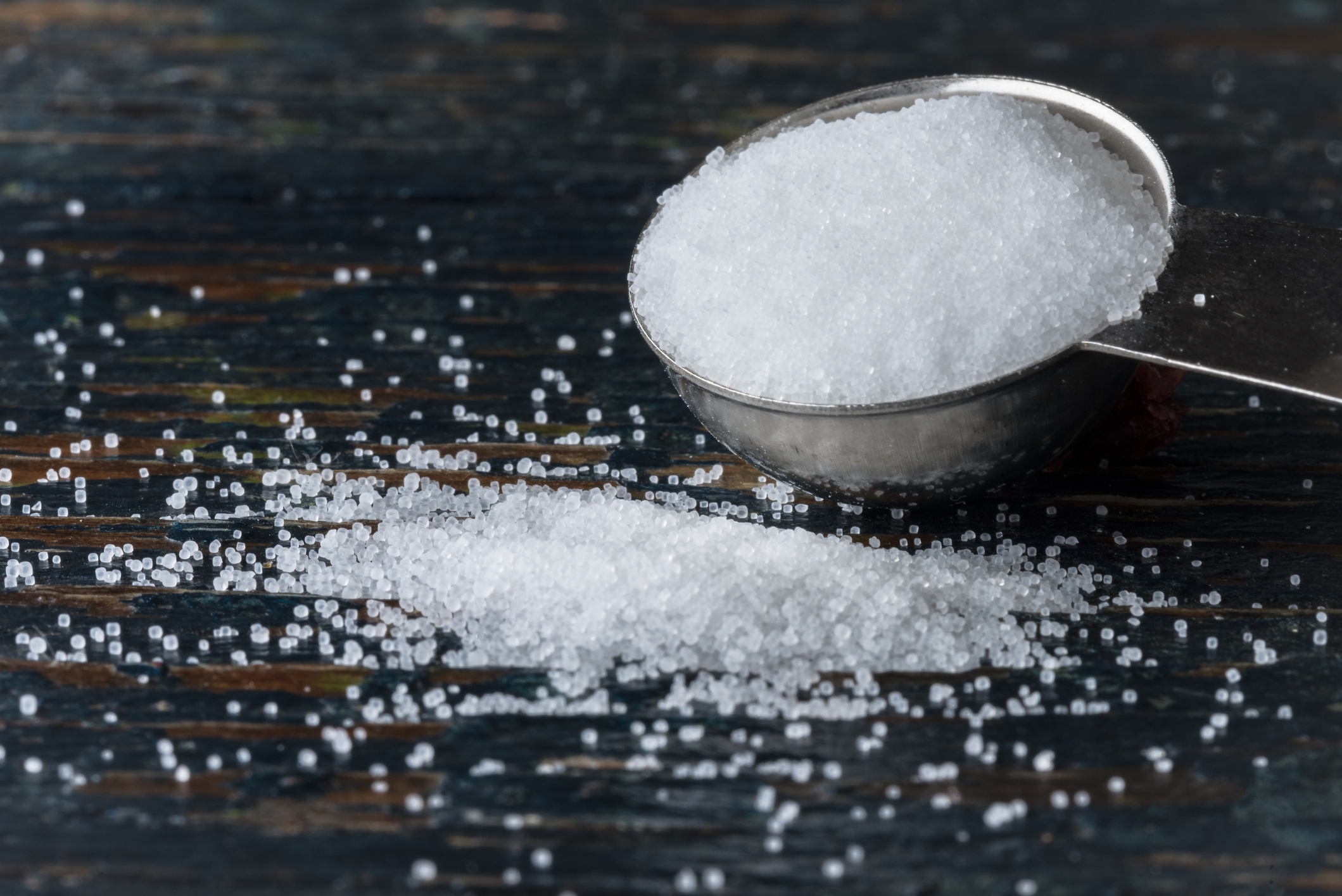Q: I’ve read some articles that suggested iodized salt is no longer needed in our diets. Other articles claim that it is still needed in small amounts. What is the latest information about iodized salt? What purpose does it serve? Can I switch back to regular salt or should I stick with iodized?
A: An essential component of thyroid hormones, iodine is a trace element critical in human health for metabolism, and bone and brain development in infants and pregnant women. Iodine is greatly underrated with respect to immunity, fibrocystic breast disease, obesity, and fibromyalgia. In fact, the Recommended Daily Allowance for iodine should be reevaluated in my opinion, as revealed in this podcast episode.
Soil contains varying amounts of iodine which confers its benefits to crops. Salt iodization programs were developed to address iodine deficiency around the world. In the United States, salt manufacturers have been adding iodine since the 1920’s. Today, it’s pretty much voluntary. Note that specialty salts like Celtic sea salt, Himalayan and Kosher salts do not contain iodine. Iodine deficiency is the most common cause of preventable intellectual disability in the world. Goiter is often the earliest sign of iodine deficiency.
Food sources of iodine include eggs, fish and seafood, but far and away the best source is seaweed, as found in kelp, nori, and wakame. Dairy contains iodine if cow feed is supplemented with it or if equipment is sanitized with iodophor. Fortified foods like breads containing dough conditioners also contain iodine, but I wouldn’t recommend them due to the purported harmful effects of potassium bromate.
Unless you’re taking a daily iodine supplement, you would benefit from having iodized salt in your cupboard, along with other varieties of salt that you enjoy.
To your health!
Leyla Muedin, MS, RD, CDN







